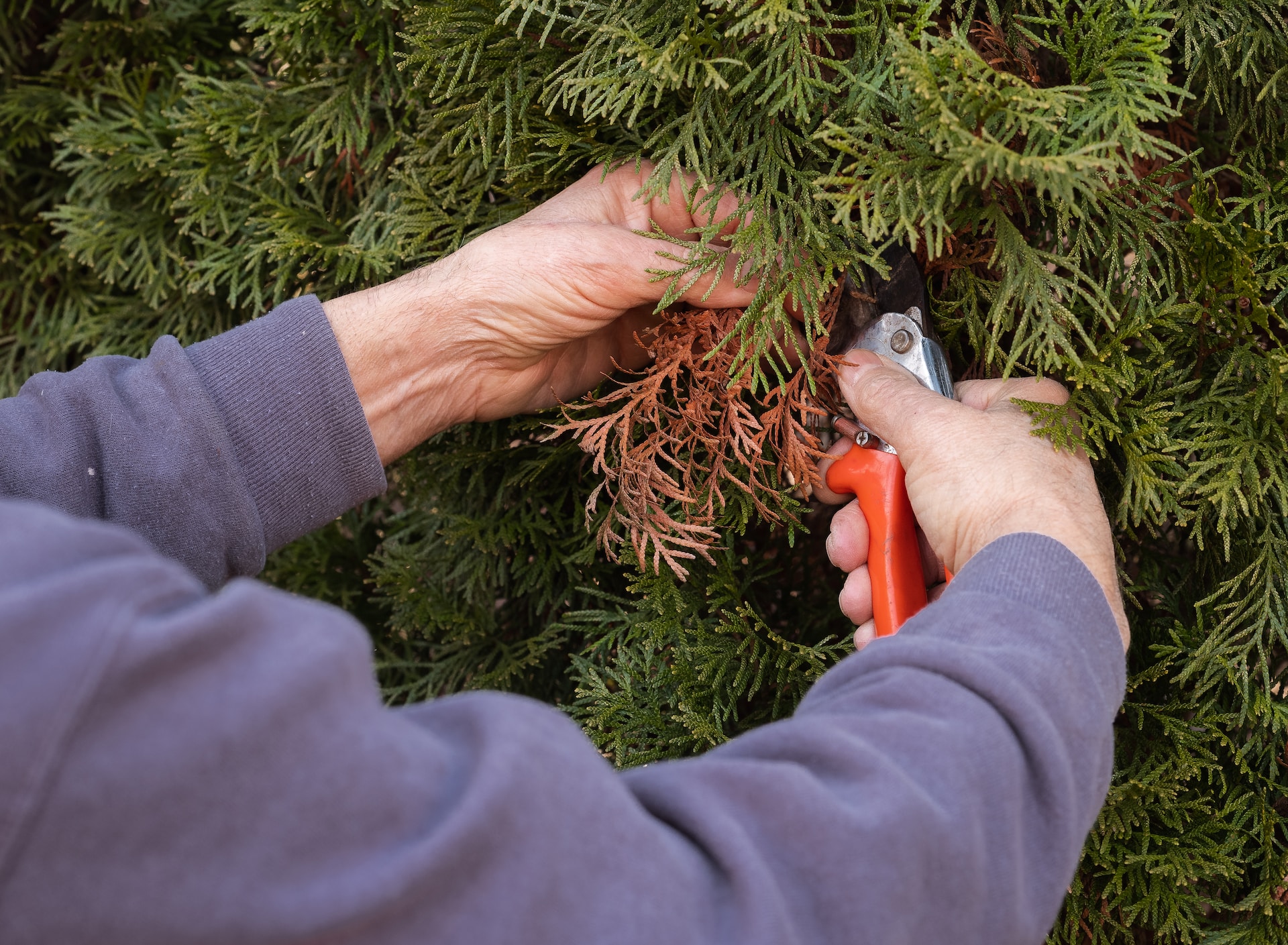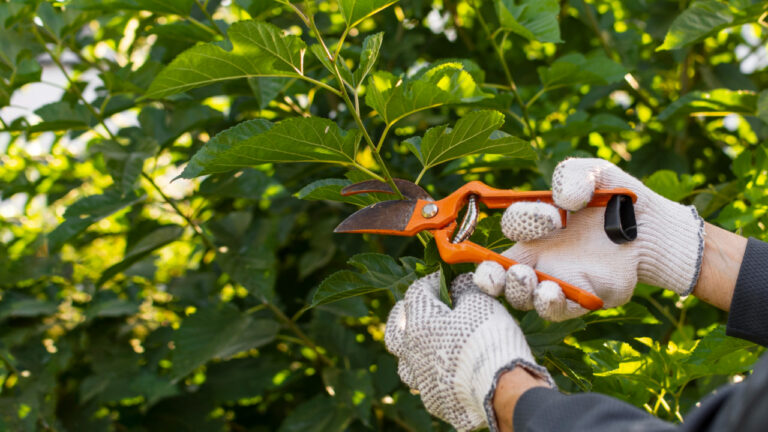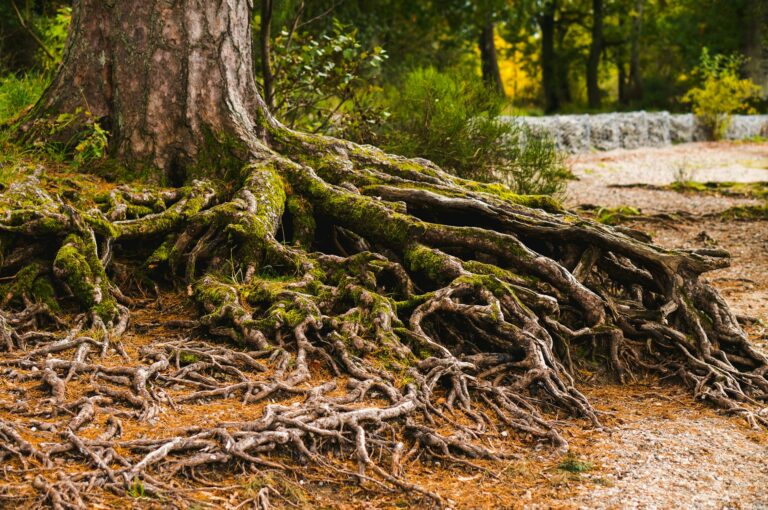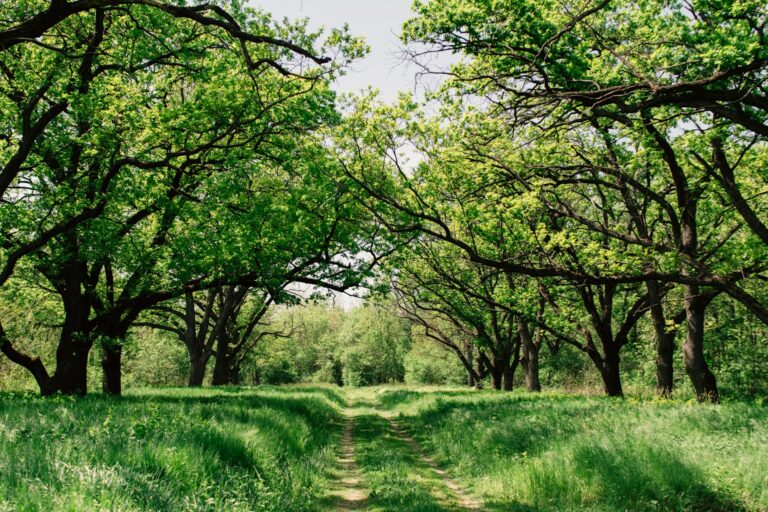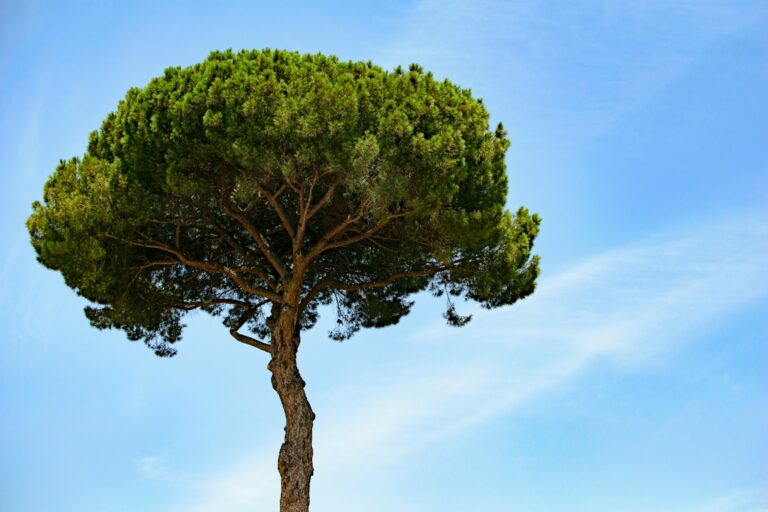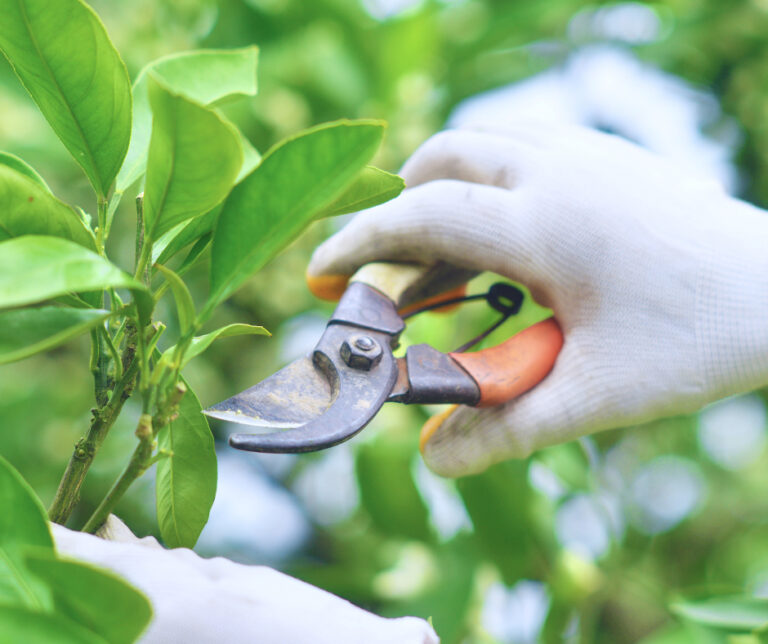Revitalizing Your Trees: The Comprehensive Guide to Tree Pruning and Trimming
Trees are an integral part of any landscape, providing a myriad of benefits such as improved air quality, increased property value, and aesthetic appeal. Proper tree maintenance not only helps to preserve the health and safety of your trees but also ensures they maintain their beauty and structure for years to come. One of the most essential aspects of tree care is the process of pruning and trimming, which involves the careful and selective removal of branches to promote healthier growth and enhance the tree’s overall appearance.
In this educational and informative blog post, we will delve deep into the world of tree pruning and trimming, offering essential insights on various pruning and trimming techniques, the optimal time to prune your trees, and the benefits associated with this crucial tree care practice. Topics covered will include the different types of pruning and trimming techniques, such as crown cleaning, thinning, raising, and reduction, the best practices for selecting which branches to remove, and how to trim your trees in a manner that promotes healthy growth and minimizes stress.
By understanding the art and science of tree pruning and trimming, and working with the certified arborists at Niwaki Tree Services, you can ensure that your trees continue to flourish and remain safe, healthy, and visually stunning additions to your landscape.
The Art and Science of Tree Pruning and Trimming Techniques
There are various types of pruning and trimming techniques, each designed to achieve specific objectives and maintain the overall safety and health of your trees. Understanding these techniques can help you assess the needs of your tree and apply the most appropriate pruning methods.
1. Crown Cleaning: This process involves the removal of dead, diseased, or broken branches and is essential for reducing the risk of disease, infestations, and branch failure. Crown cleaning helps promote healthy growth, improve tree aesthetics, and minimize potential hazards.
2. Crown Thinning: Thinning focuses on selectively removing branches to increase air circulation and sunlight penetration through the tree’s canopy. By reducing the tree’s overall density, thinning can promote healthier growth, create a more balanced tree structure, and reduce the risk of fungal diseases and pest problems.
3. Crown Raising: This technique involves the removal of lower branches to elevate the tree’s canopy, which can improve visibility, allow for unobstructed pedestrian and vehicular traffic, and promote healthy understory growth.
4. Crown Reduction: Reduction is used when a tree has grown too large for its surroundings, or if its branches are encroaching on nearby structures. This method involves selectively shortening branches to reduce the tree’s overall size, while maintaining a balanced and natural appearance.
Best Practices for Selecting Branches for Pruning and Trimming
The careful selection of branches to remove is critical in minimizing stress to the tree and ensuring the pruning process results in a healthier, safer, and stronger tree. Consider the following best practices:
1. Prioritize dead, diseased, or damaged branches: These pose the greatest risk to the tree’s health and should always be removed first.
2. Assess branch size: Smaller diameter branches are easier to prune and heal more rapidly, resulting in less stress for the tree.
3. Consider branch angle and attachment: Branches with narrow attachment angles, known as included bark, are more prone to failure and should be prioritized for removal.
4. Remove crossing or rubbing branches: These can create wounds and increase the risk of disease or pest damage.
5. Prune branches to maintain a balanced form: When trimming branches, ensure that a balanced, natural-looking form is maintained by avoiding the removal of too many branches from a single area.
Optimal Timing for Tree Pruning and Trimming
While tree pruning and trimming can be conducted at any time during the year, certain seasons may be more advantageous depending on the tree’s species and desired outcomes. General guidelines for optimal pruning times include:
1. Prune during the dormant season: Late winter or early spring is ideal, as pruning during this time can result in vigorous new growth when the tree awakens from dormancy. This timing also minimizes the risk of pest infestations and disease spread.
2. Prune after leaf drop: For deciduous trees, pruning after leaves have dropped provides a clear view of the tree’s structure, allowing for safer, more precise cuts.
3. Avoid pruning during spring bloom: Pruning flowering trees during their bloom period can reduce their overall aesthetic appeal.
4. Avoid pruning during drought or extreme temperatures: Pruning during periods of stress, such as drought or extreme temperatures, can further stress the tree and hamper its ability to heal properly.
The Benefits of Proper Tree Pruning and Trimming
Implementing proper tree pruning and trimming practices can yield numerous benefits for the health, safety, and beauty of your trees and landscape.
1. Improved tree health: By removing dead, diseased, or damaged branches, you promote vigorous growth and minimize the risk of diseases and pests.
2. Enhanced tree aesthetics: Selective pruning can promote a more balanced tree structure, resulting in a visually appealing landscape.
3. Increased safety: Pruning and trimming help minimize the risk of branch failure, creating a safer environment for pedestrians, vehicles, and structures.
4. Longevity of trees: Regular care and maintenance through pruning and trimming can extend the life and overall health of your trees.
Final Thoughts
Proper tree pruning and trimming are essential components of tree maintenance that can improve the aesthetics, safety, and longevity of your trees. By mastering the various pruning techniques, selecting appropriate branches, and timing your trimming efforts effectively, you can create a stunning, healthy, and safe outdoor environment.
Trust the certified arborists at Niwaki Tree Services in Rock Hill, South Carolina, to expertly guide and assist you in achieving the verdant and flourishing landscape you desire, creating a beautiful outdoor oasis for all to enjoy. Contact us today for our tree trimming services!

